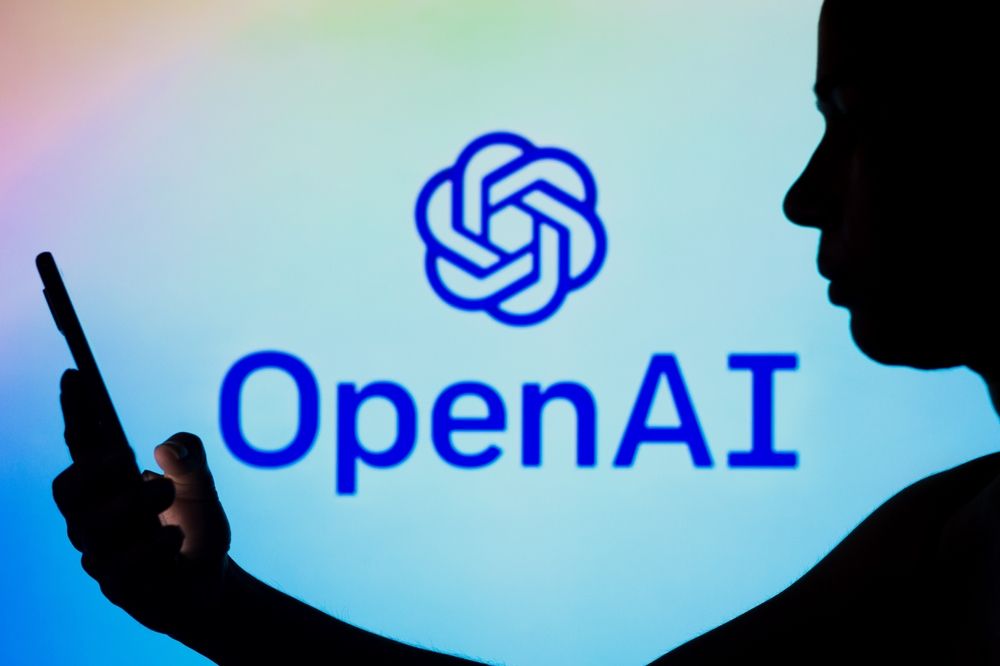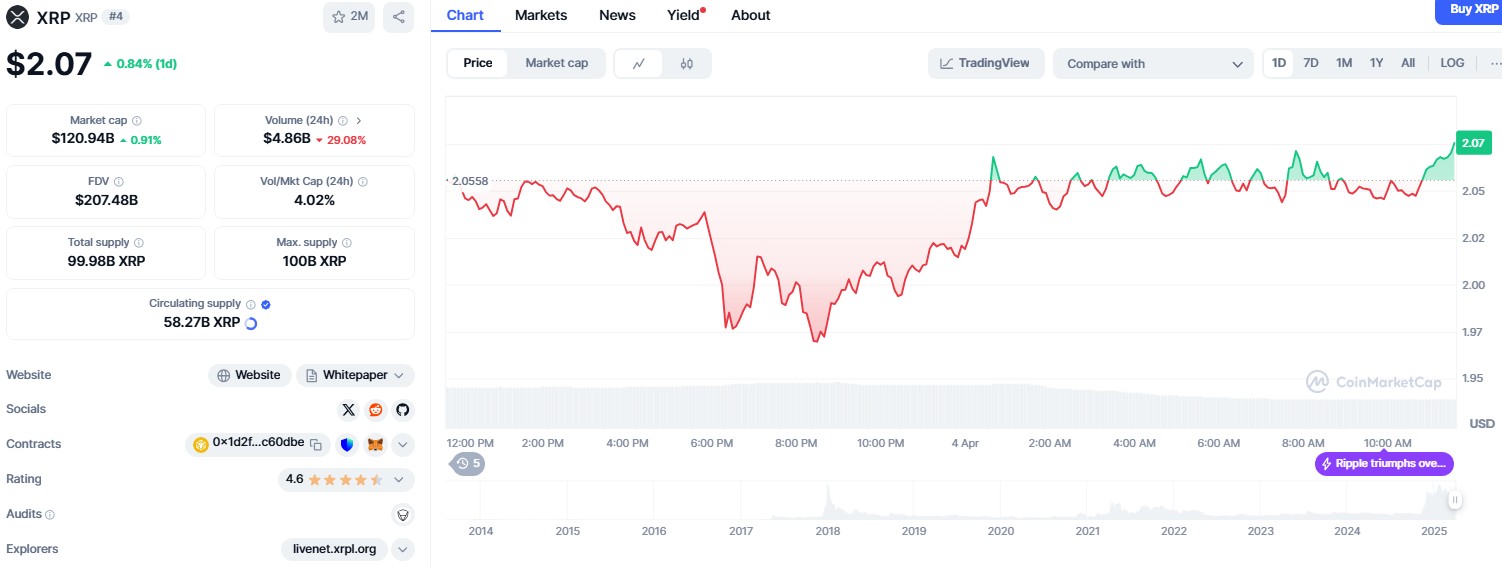Google Cloud Pub/Sub: A Deep Dive
Google Cloud Pub/Sub: A Deep Dive Google Cloud Pub/Sub is a fully managed, real-time messaging service that allows you to send and receive messages between independent applications and systems. It's a powerful tool for building event-driven architectures, decoupling services, and streaming data. Key Concepts: Topics: Named resources to which publishers send messages. Think of a topic as a category or stream of events. Subscriptions: Named resources representing the stream of messages from a single, specific topic, to be delivered to the subscribing application. Multiple subscriptions can be attached to a single topic, allowing fan-out scenarios. Messages: The data payloads that are published to topics. Messages can be any format (e.g., JSON, text, binary). Publishers: Applications or systems that send messages to a topic. Subscribers: Applications or systems that receive messages from a subscription. Benefits of using Pub/Sub: Scalability: Pub/Sub can handle high volumes of messages with low latency. Reliability: Messages are durably stored and delivered at least once (or exactly once, depending on configuration). Decoupling: Publishers and subscribers don't need to know about each other. This allows for greater flexibility and easier maintenance. Asynchronous Communication: Applications can send and receive messages without blocking. Use Cases: Event-driven architectures: Reacting to events in real-time. Data streaming: Ingesting and processing data from IoT devices, sensors, or log files. Application integration: Connecting disparate applications and systems. Real-time analytics: Analyzing data as it arrives. Getting Started: Google provides excellent documentation and quickstart guides to get you up and running with Pub/Sub. You can use the Google Cloud Console, the gcloud command-line tool, or client libraries in various languages (Python, Java, Go, etc.) to interact with Pub/Sub. By leveraging Pub/Sub, you can build scalable, reliable, and decoupled systems that can handle the demands of modern applications.
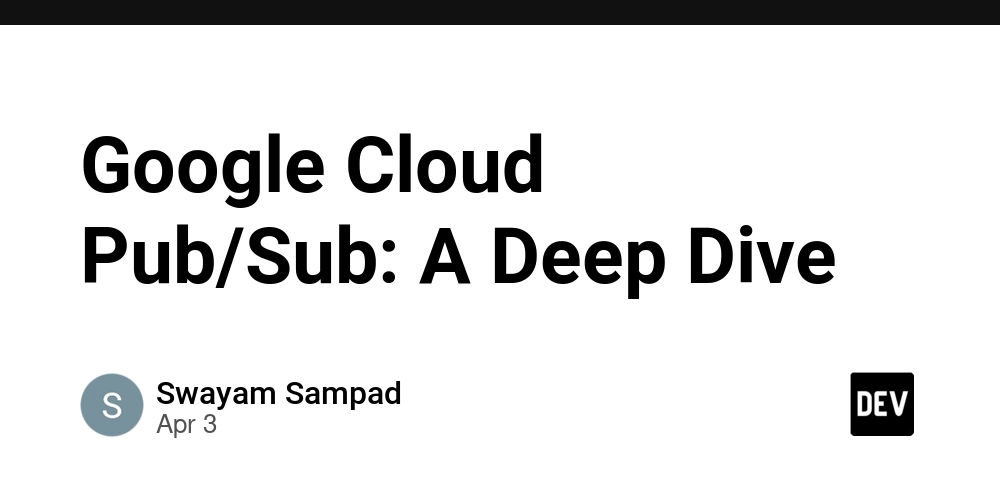
Google Cloud Pub/Sub: A Deep Dive
Google Cloud Pub/Sub is a fully managed, real-time messaging service that allows you to send and receive messages between independent applications and systems. It's a powerful tool for building event-driven architectures, decoupling services, and streaming data.
Key Concepts:
- Topics: Named resources to which publishers send messages. Think of a topic as a category or stream of events.
- Subscriptions: Named resources representing the stream of messages from a single, specific topic, to be delivered to the subscribing application. Multiple subscriptions can be attached to a single topic, allowing fan-out scenarios.
- Messages: The data payloads that are published to topics. Messages can be any format (e.g., JSON, text, binary).
- Publishers: Applications or systems that send messages to a topic.
- Subscribers: Applications or systems that receive messages from a subscription.
Benefits of using Pub/Sub:
- Scalability: Pub/Sub can handle high volumes of messages with low latency.
- Reliability: Messages are durably stored and delivered at least once (or exactly once, depending on configuration).
- Decoupling: Publishers and subscribers don't need to know about each other. This allows for greater flexibility and easier maintenance.
- Asynchronous Communication: Applications can send and receive messages without blocking.
Use Cases:
- Event-driven architectures: Reacting to events in real-time.
- Data streaming: Ingesting and processing data from IoT devices, sensors, or log files.
- Application integration: Connecting disparate applications and systems.
- Real-time analytics: Analyzing data as it arrives.
Getting Started:
Google provides excellent documentation and quickstart guides to get you up and running with Pub/Sub. You can use the Google Cloud Console, the gcloud command-line tool, or client libraries in various languages (Python, Java, Go, etc.) to interact with Pub/Sub.
By leveraging Pub/Sub, you can build scalable, reliable, and decoupled systems that can handle the demands of modern applications.










































































































































































![[The AI Show Episode 142]: ChatGPT’s New Image Generator, Studio Ghibli Craze and Backlash, Gemini 2.5, OpenAI Academy, 4o Updates, Vibe Marketing & xAI Acquires X](https://www.marketingaiinstitute.com/hubfs/ep%20142%20cover.png)


















































































































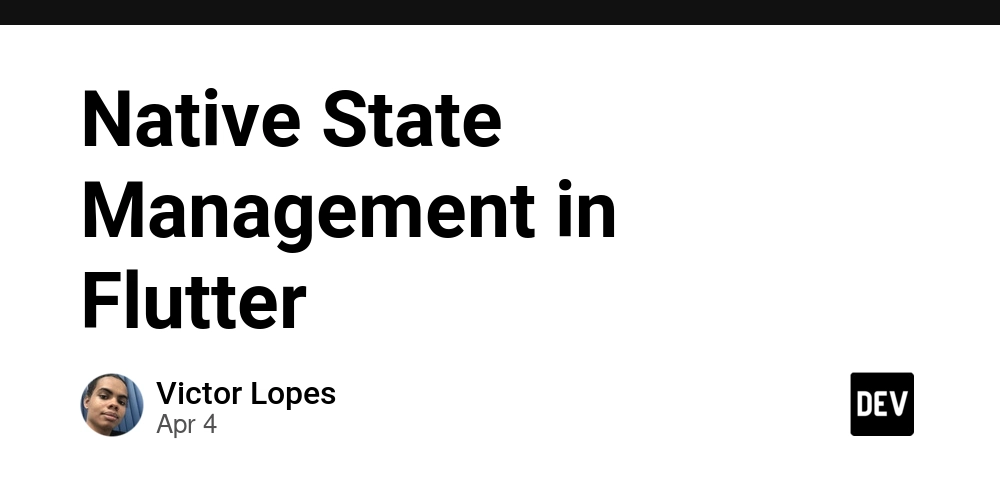


















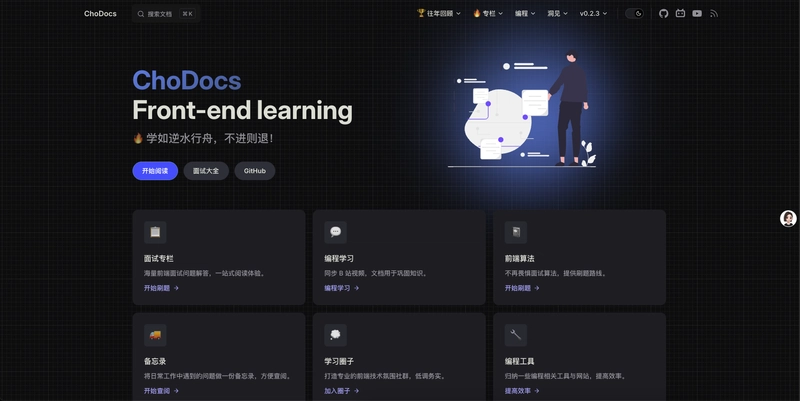










































































































.jpg?#)
















































































































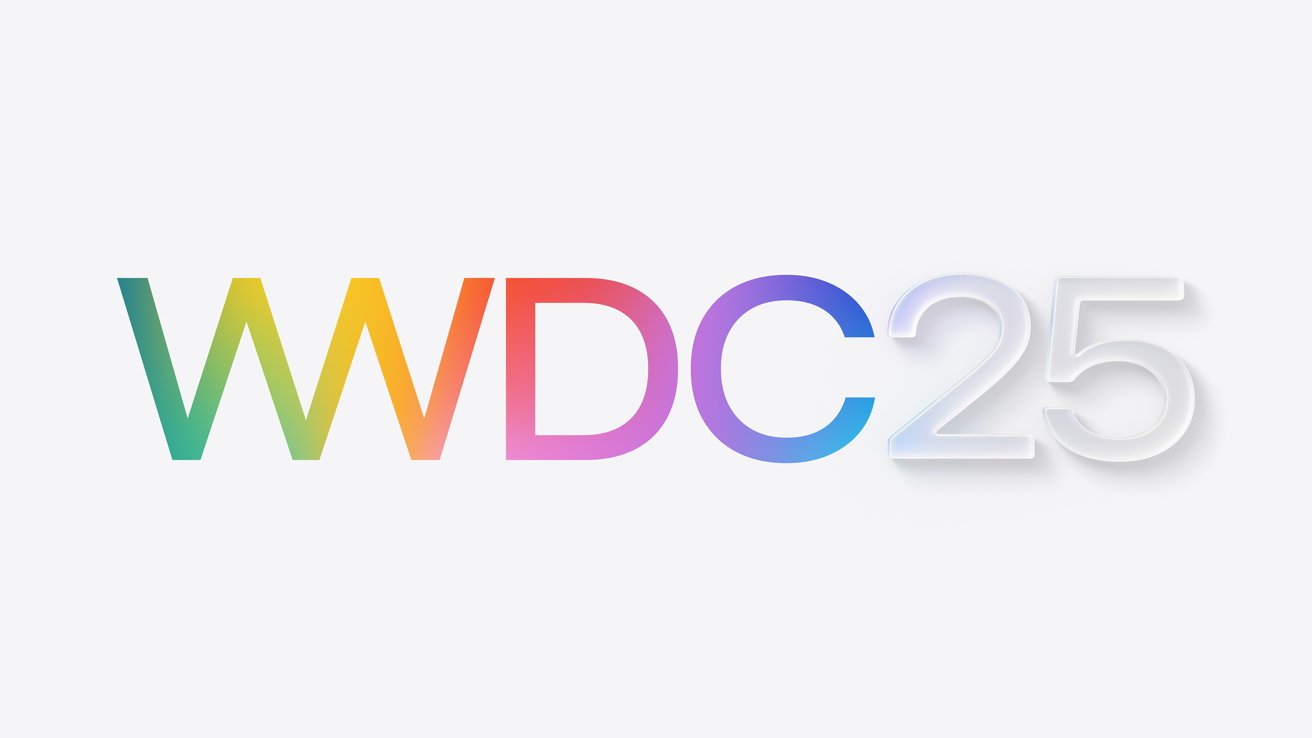




























![YouTube Announces New Creation Tools for Shorts [Video]](https://www.iclarified.com/images/news/96923/96923/96923-640.jpg)

![Apple Faces New Tariffs but Has Options to Soften the Blow [Kuo]](https://www.iclarified.com/images/news/96921/96921/96921-640.jpg)






































































